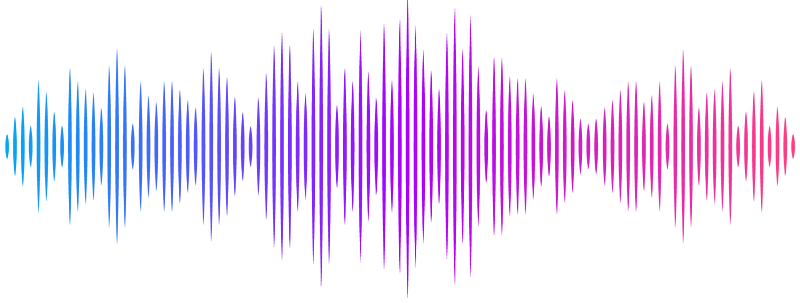Attracting without being attracted: Dark Matter as an aether wind

Attracting without being attracted: Dark Matter as an aether wind
Raymond Isichei, Joao Magueijo
AbstractWe explore the possibility that part of what we call dark matter may be the mark of a preferred frame, revealing a breakdown of diffeomorphism invariance. In the non-relativistic limit this appears as a deviant matter source capable of attracting normal matter, but not feeling the attraction from other forms of matter or from itself. While this implies a violation of momentum conservation, no logical inconsistencies arise in this deviant ``Newtonian'' limit. In contrast, due to Bianchi identities, the relativistic theory must undergo core change, and we discuss a modification of Einstein's gravity capable of coupling a non-conserved source to gravity. It results from fixing some of the spatial components of the metric, thereby constraining the possible diffeomorphisms and clipping some of the equations. Bianchi identities can always be used to refill the equations, but the effective Stueckelberg stresses are so outlandish that this defines symmetry breakdown and violations of local energy-momentum conservation. We work out spherically symmetric solutions with static halos and flat rotation curves, with and without a central black hole. The model has the drawback that it can evade experimental constraints simply by setting to zero the local density of deviant matter (which is a non-dynamic input). Its presence, in contrast, would leave inimitable signatures. We briefly discuss the Hamiltonian formulation of these models, where such dark matter appears as a central charge in the Poisson bracket of the Hamiltonian and the momentum.